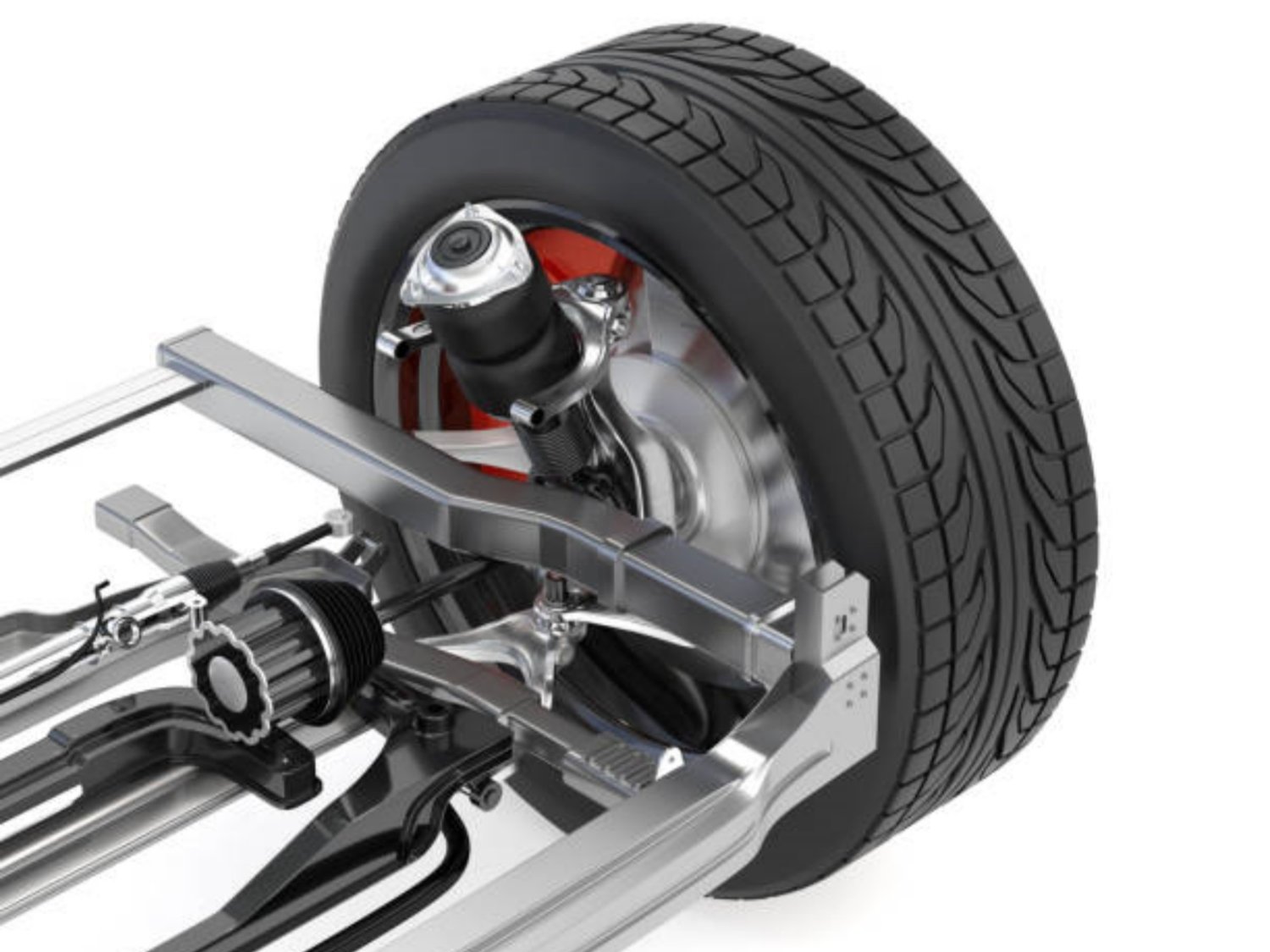Introduction
stacked wave disc springs are a type of mechanical spring that have garnered significant attention in various industries due to their unique design and functionality. These springs are known for their ability to provide high load capacities, excellent stability, and precise deflection characteristics. In this article, we will delve into the various aspects of stacked wave disc springs, including their composition, working principle, applications, advantages, and more.
The Composition of Stacked Wave Disc Springs
Stacked wave disc springs are typically made from high-quality spring steel, which ensures their durability and resilience. The springs consist of a series of disc-shaped washers that are stacked together. Each washer is slightly curved, with a wave-like formation, giving the spring its characteristic appearance. The number of washers stacked together can vary depending on the specific requirements of the application.
Working Principle of Stacked Wave Disc Springs
The working principle of stacked wave disc springs is based on the elastic properties of the material they are made from. When an external force is applied to the spring, it compresses, and the washers start to flatten and slide against each other. This movement generates a reaction force that opposes the applied force. Once the external force is removed, the stacked wave disc spring returns to its original shape, ready to absorb and release energy again when required.
Applications of Stacked Wave Disc Springs
Due to their unique design and properties, stacked wave disc springs find applications in various industries. Some common applications include:
- Automotive Industry: Stacked wave disc springs are used in automotive suspension systems, clutch assemblies, and braking systems to provide stability, absorb shocks, and maintain proper alignment.
- Aerospace Industry: These springs are utilized in aircraft landing gear systems, control systems, and engine components to ensure smooth operations and reduce vibrations.
- Industrial Machinery: Stacked wave disc springs are employed in heavy machinery, such as presses, stamping machines, and hydraulic systems, to provide precise control over forces, absorb shocks, and maintain stability.
- Medical Equipment: These springs find applications in medical devices such as surgical instruments, prosthetics, and diagnostic equipment, where precise force control and shock absorption are crucial.
Advantages of Stacked Wave Disc Springs
Stacked wave disc springs offer several advantages over traditional springs, making them a preferred choice in many applications:
- High Load Capacity: Stacked wave disc springs can handle high loads while maintaining their performance, thanks to their unique design and material properties.
- Precise Deflection Characteristics: These springs provide precise deflection and force control, making them ideal for applications where accurate force measurement and control are required.
- Space-Efficient Design: Stacked wave disc springs can provide significant load capacity within a compact space, making them suitable for applications with limited space constraints.
- Excellent Stability: The wave-like design of these springs ensures stability and prevents buckling or distortion during operation, enhancing their reliability and longevity.
- Wide Range of Sizes and Configurations: Stacked wave disc springs are available in various sizes and configurations, making them adaptable to different load requirements and application specifications.
Factors to Consider when Selecting Stacked Wave Disc Springs
When choosing stacked wave disc springs for a specific application, several factors should be taken into consideration:
- Load Requirements: Determine the maximum load the spring needs to support and ensure that the selected spring can handle the anticipated load without deformation or failure.
- Deflection Characteristics: Consider the required deflection and force control, as different spring configurations offer varying deflection characteristics.
- Space Constraints: Evaluate the available space for the spring installation and select a size and configuration that can fit within the given constraints.
- Operating Environment: Assess the operating conditions, including temperature, humidity, and exposure to corrosive substances, and choose a spring material that can withstand these conditions.
Conclusion
Stacked wave disc springs are versatile mechanical springs that offer numerous advantages in terms of load capacity, deflection characteristics, stability, and space efficiency. They find applications in various industries, including automotive, aerospace, industrial machinery, and medical equipment. When selecting stacked wave disc springs, it is essential to consider factors such as load requirements, deflection characteristics, space constraints, and operating environment to ensure optimal performance and longevity.

